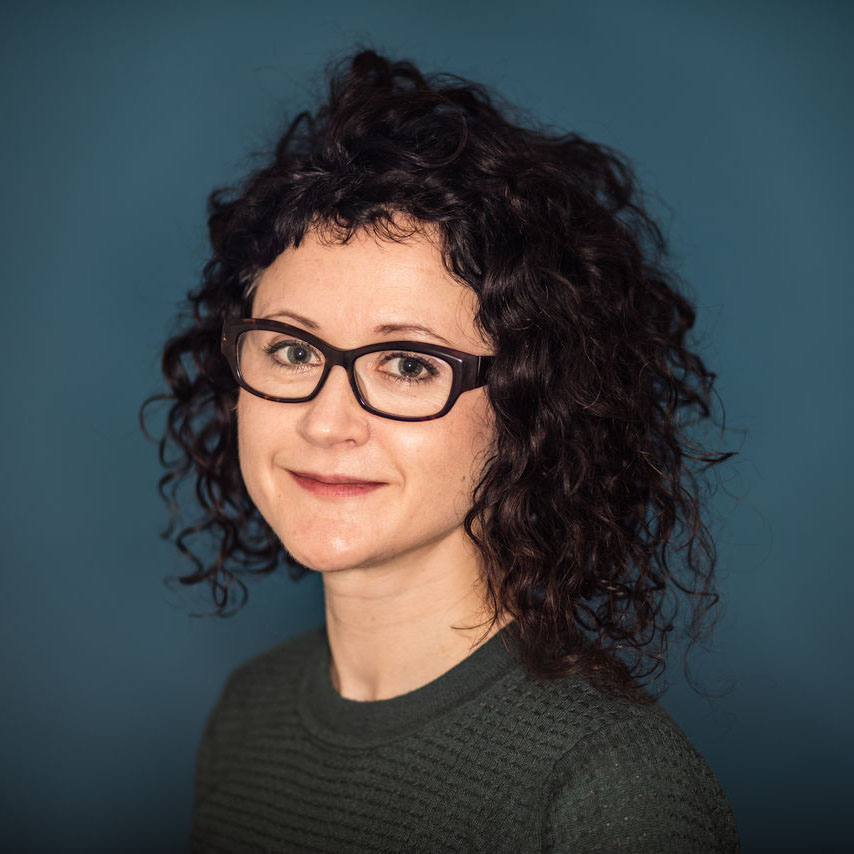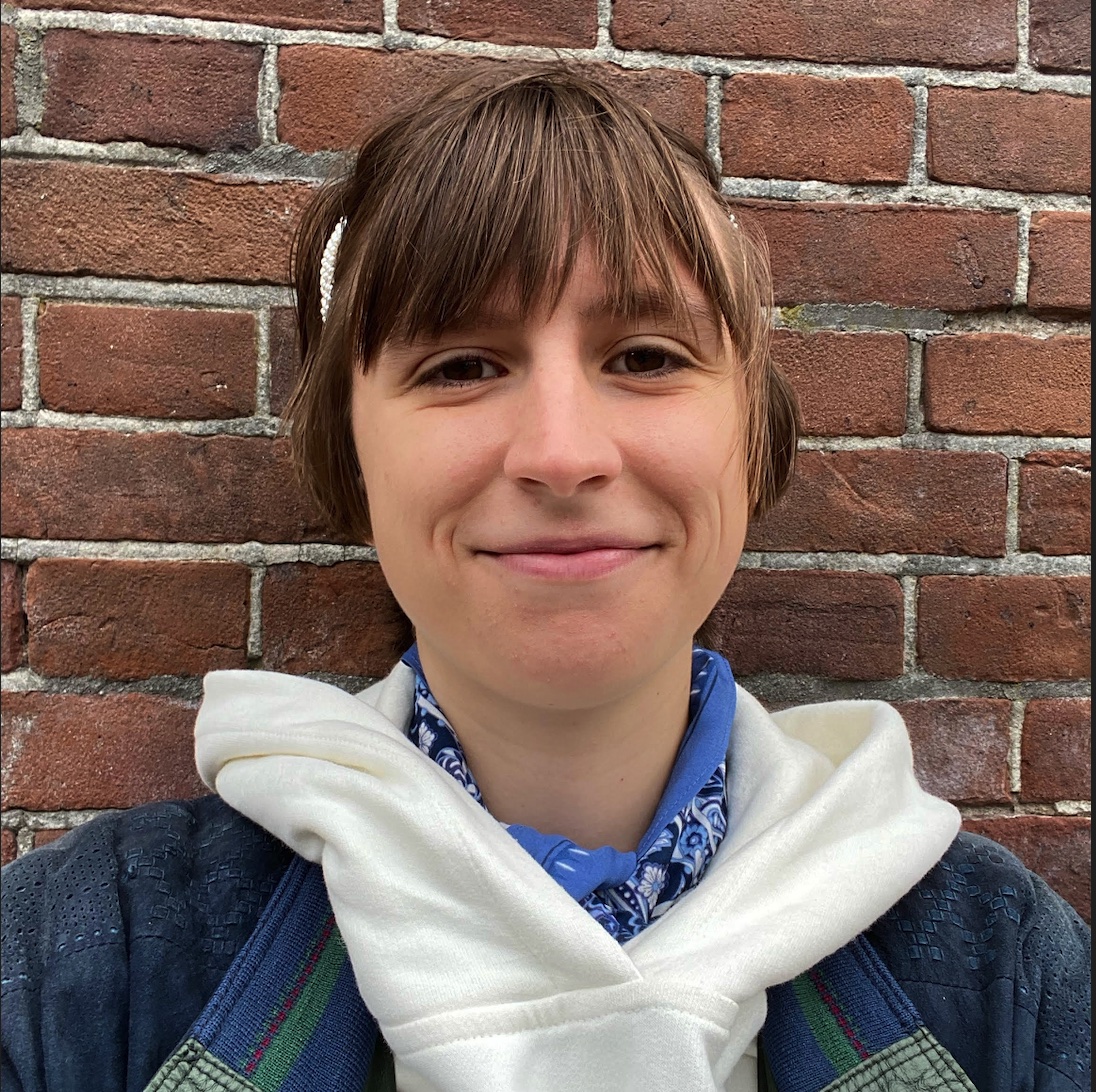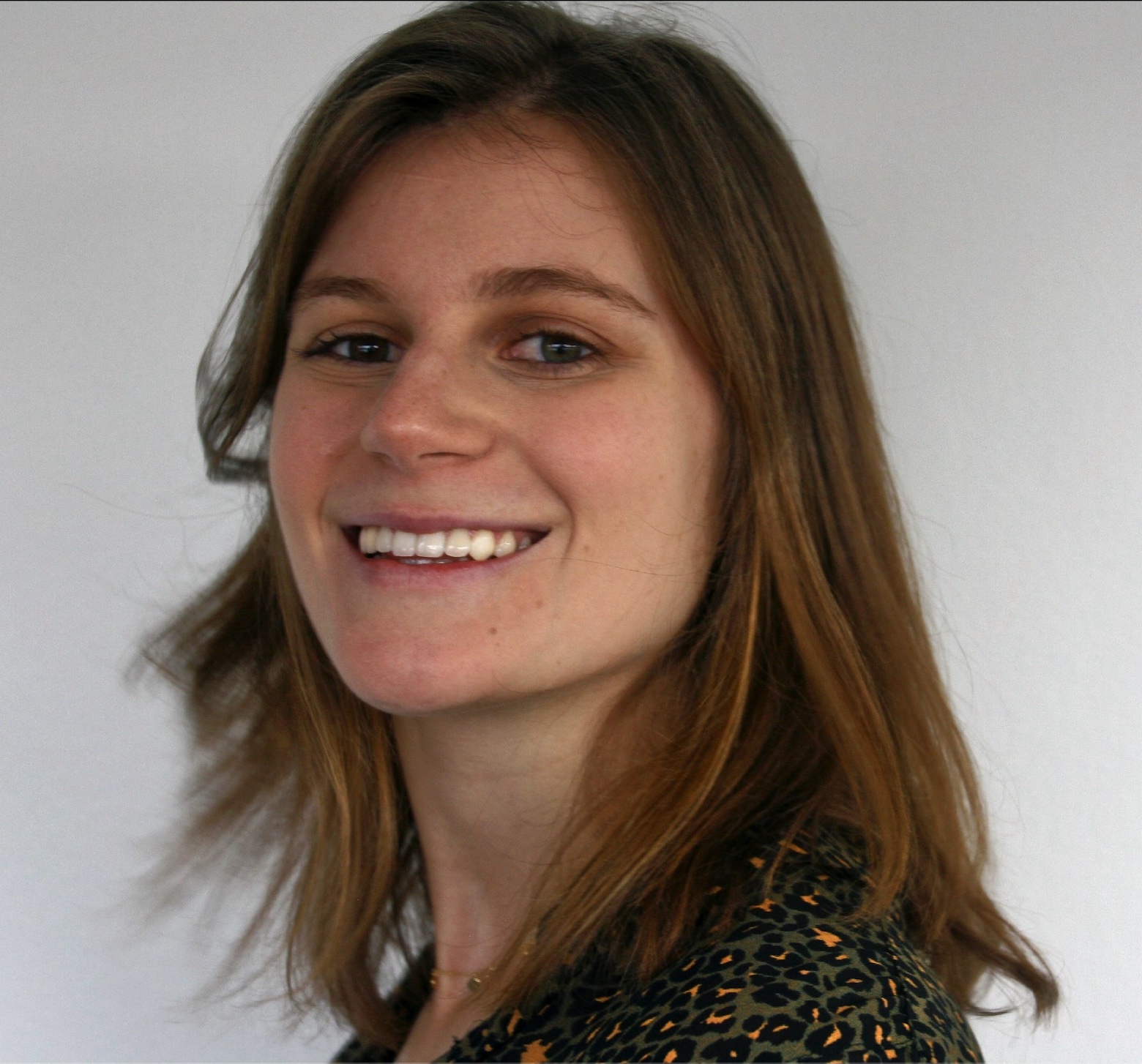Prof. Susan Steele-Dunne
The M-WAVE research group is lead by Prof. Susan Steele-Dunne from the Department of Geoscience and Remote Sensing at Delft University of Technology (TU Delft).
Susan obtained her PhD (2006) and SM (2002) in Hydrology from the Massachusetts Institute of Technology under the supervision of Prof. Dara Entekhabi. Her PhD research focussed on the development of data assimilation techniques to merge observations from the radar and radiometer aboard NASA's Soil Moisture Active Passive Mission with a land surface model to estimate surface and root zone soil moisture.




